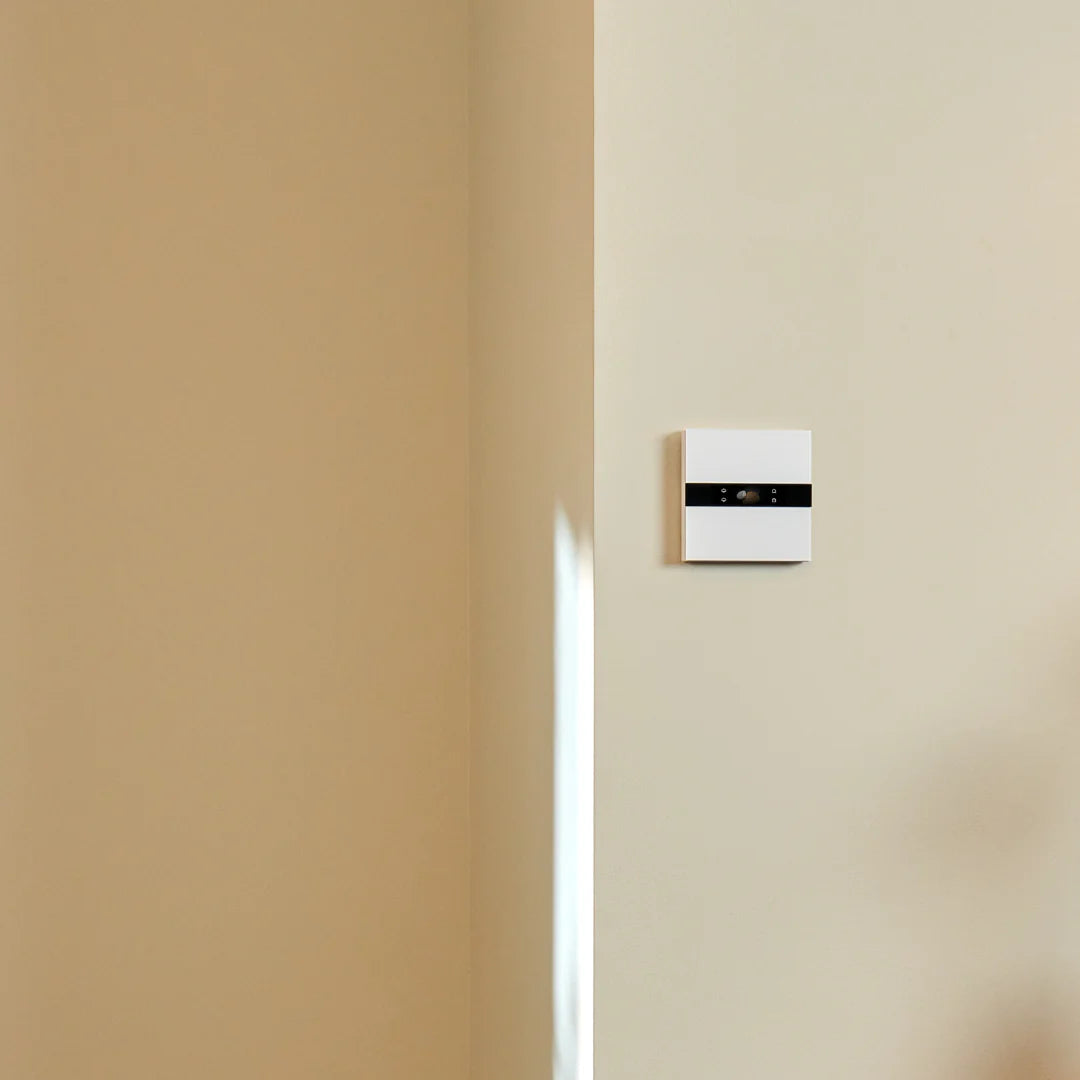Uncovering a Secret: How Do LED Lights Actually Work?

LED lights have become an integral part of our lives. They light up our homes and illuminate our streets with energy efficiency and durability that is revolutionizing the lighting industry. So, what's the secret to how they function? In this blog post, we will delve into the fascinating world of LED lights and learn more about their functionality.
LED stands for Light Emitting Diode. Unlike traditional incandescent bulbs, LED lights do not rely on a filament to produce light. Instead, they utilize a semiconductor material that emits light when an electric current passes through it. This process is known as electroluminescence. The semiconductor material used in LEDs is typically made of a combination of elements such as gallium, arsenic, and phosphorus.
LED lights work based on the principle of the movement of electrons in a semiconductor material. When a voltage is applied to the LED, the electrons gain energy and move from the negative side (i.e., the cathode) to the positive side (i.e., the anode). As the electrons move across the semiconductor material, they release energy in the form of photons, which are the particles of light. The color of the light emitted by an LED depends on the specific materials used in the semiconductor.










